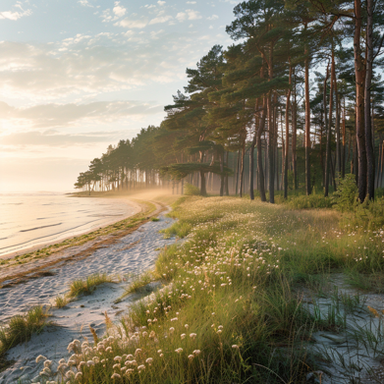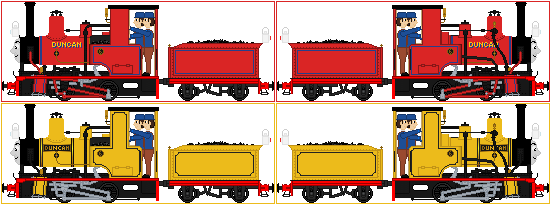HOME | DD
 Swiftwin4ds — LNER J15 and J17
Swiftwin4ds — LNER J15 and J17

Published: 2018-11-27 17:29:22 +0000 UTC; Views: 4966; Favourites: 51; Downloads: 53
Redirect to original
Description
The Great Eastern Railway contributed a significant portion of the LNER's freight engines to the newly amalgamated company at the Grouping. Two such engines include the Y14 and G58 classes. The Y14s were first designed by T.W Worsdell in 1883 to fill a requirement for the GER's increase in freight traffic after the opening of the Great Northern and Great Eastern Joint Railway. The class totalled 289 members, being built from 1883 to 1913, with most of the class built at Stratford Works under the Auspices of Worsdell, S.D Holden, and Hill, the only exception being a batch built by Sharp Stewart and Co in 1884. The version seen is the Holden built series, with the dome far forward and a stovepipe chimney. One, No.930, was built from raw materials and in steam in 9 hours and 45 minutes, then went straight into revenue service. This event halved the time of the previous record where LNWR Coal Engine number 1140 was built by Crewe works in February of 1878, being completed in 25 1/2 hours. The record still stands today. The J15s were by all accounts, easily maintained and versatile. 43 Were loaned to Belgium and France during the First World War and returned, then in 1920, withdrawals began with number 513. The LNER slowly chipped away at the class until 127 were left at nationalization, and the last of them were withdrawn in September of 1962. Thankfully, Number 65462 is preserved and is currently operational at the North Norfolk Railway.The Great Eastern G58 was built as a freight version of the D14 Claud Hamilton Class of 1900, designed by S.D Holden. Originally,the 30 members of the class were built with round-top fireboxes, and were classified as J16 by the LNER. One, number 1138, was built with a belpaire firebox as an experiment, which was success, and a belpaire version of the J16 was built, and the LNER classed these as J17, though the GER also rebuilt J16s into J17s as well. The J17 class totalled 90 members after rebuilding of the J16s was completed in 1932, and most were allocated to March and Peterborough for heavy goods and coal trains. As time progressed, some were fitted for passenger working on the Midland and Great Northern Joint Railway until after nationalization, when they were replaced by Ivatt 2MTs 2-6-0s. The first withdrawn was number 8200 after it was hit by a V2 rocket in 1944, then withdrawals resumed in 1954 and were completed by 1962. Number 65567 was preserved as part of the National Collection and is currently located at Barrow Hill Roundhouse in Derbyshire.

























